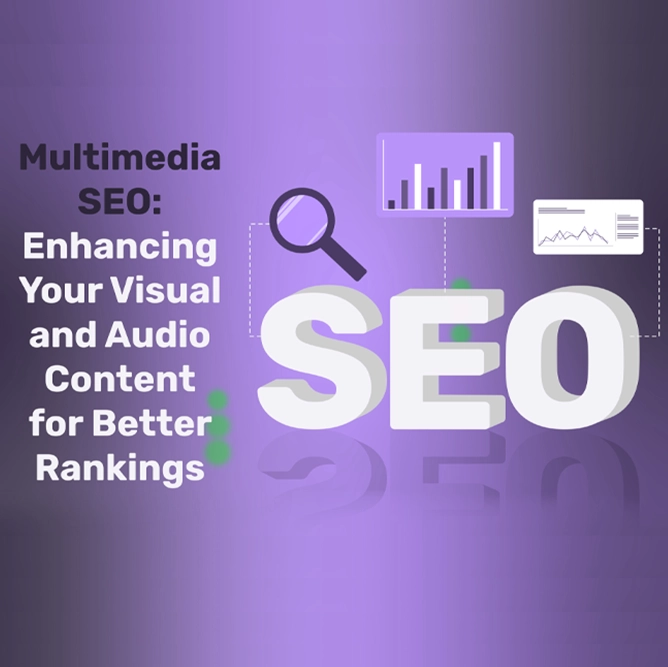On-page SEO is the process of optimizing elements on your website’s pages to make them more appealing to search engines like Google. The primary goal is to improve your website’s ranking in organic search results, leading to increased user visits.
Why is on-page SEO important?
- Increased Organic Traffic: The higher your website ranks in search results, the more likely it is to be seen by users searching for the products or services you offer.
- Improved User Experience: When your website pages are optimized, they become easier to navigate and find relevant information, enhancing user experience and increasing time spent on your site.
- Increased Sales: Increased and qualified traffic leads to higher conversion rates and sales.
- Enhanced Credibility: A well-optimized website is considered more trustworthy by both search engines and users.
Essential On-Page SEO Elements
- Keyword Research:
- Identify Target Keywords: Determine the specific words and phrases your target audience is using to search for products or services like yours.
- Utilize Keyword Research Tools: Employ tools such as Google Keyword Planner and SEMrush to discover relevant keywords with substantial search volume.
- Natural Keyword Integration: Incorporate keywords seamlessly into your content in a way that is both natural and relevant.
- Title Tag Optimization:
- Clear and Concise Titles: Ensure each page title is clear, concise, and accurately reflects the page content.
- Prioritize Primary Keyword: Position your primary keyword at the beginning of the title for maximum impact.
- Create Compelling Titles: Craft titles that are not only informative but also enticing enough to encourage clicks.
- Meta Description Optimization:
- Write Compelling Descriptions: Develop concise and engaging meta descriptions that accurately summarize the page content.
- Include Primary Keyword: Naturally incorporate your primary keyword into the meta description.
- Encourage Click-Through: Write meta descriptions that entice users to click on your search result.
- Header Tag Optimization:
- Structure Content with Headers: Use header tags (H1, H2, H3, etc.) to structure your content and highlight key points.
- Incorporate Keywords: Include relevant keywords in your header tags to reinforce your page’s topic.
- Content Quality:
- Create Original and Valuable Content: Produce high-quality, original content that is informative and relevant to your target audience.
- Ensure Readability: Write content that is easy to read and understand.
- Update Content Regularly: Keep your content fresh and up-to-date.
- Image Optimization:
- Use High-Quality Images: Employ high-quality images that are relevant to your content.
- Add Alt Text: Provide descriptive alt text for images to improve accessibility and help search engines understand the image content.
- Internal Linking:
- Interlink Pages: Create a strong internal linking structure to connect related pages on your website.
- Improve Site Navigation: Make it easier for users to navigate your site and find relevant information.
- Page Speed Optimization:
- Improve Load Times: Optimize your website’s loading speed to enhance user experience.
- Utilize Tools: Use tools like Google PageSpeed Insights to identify and address performance issues.
- Mobile-Friendliness:
- Ensure Responsive Design: Make sure your website is fully responsive and displays correctly on all devices.
- Additional Considerations:
- User Experience: Always prioritize creating a positive user experience.
- Technical SEO: Address technical SEO issues like broken links, duplicate content, and XML sitemaps.
- Local SEO: Optimize for local search if your business has a physical location.
- Analytics: Track your website’s performance using analytics tools to measure the effectiveness of your SEO efforts.
By effectively implementing these on-page SEO elements, you can significantly improve your website’s visibility in search engine results and attract more organic traffic.















